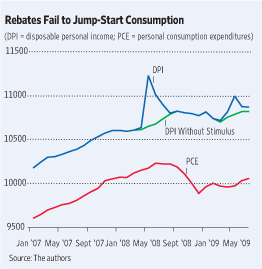One of the advantages of flexible economic systems, such as capitalism, is that they can adapt to unexpected or exogenous changes in the environment (e.g., changes in the weather). In the empirical analysis quoted from below, the primary finding is that roughly half of the short-term negative effects on income from rising temperatures, “are offset in the long run through adaptation.”
Almost all of the countries in the sample of 12 deviate substantially from the ideal of entrepreneurial capitalism. So the reduction by half is probably a much smaller amount of adaptation than would occur in a sample of countries that had adopted policies that allowed a flourishing of entrepreneurship.
(p. 203) Using subnational data from 12 countries in the Americas, we show that the negative crosssectional relationship between temperature and income exists within countries, as well as across countries. We then provide a theoretical framework for reconciling the substantial, negative association between temperature and income in cross section with the even stronger short-run effects of temperature shown in panel models. The theoretical framework suggests that half of the negative short-term effects of temperature are offset in the long run through adaptation.
Source:
Dell, Melissa, Benjamin F. Jones, and Benjamin A. Olken. “Temperature and Income: Reconciling New Cross-Sectional and Panel Estimates.” American Economic Review 99, no. 2 (May 2009): 198-204.





